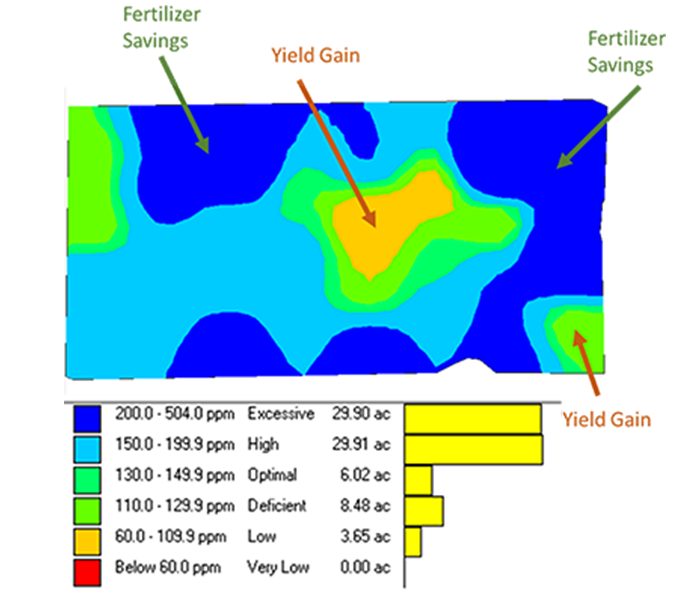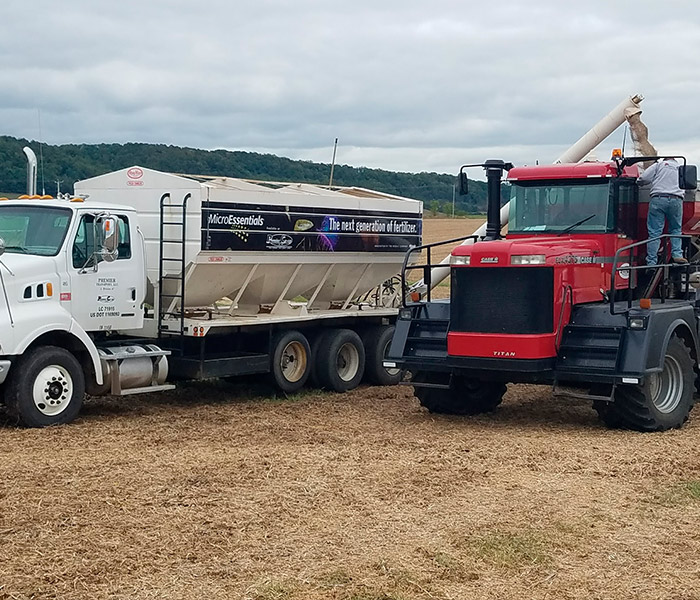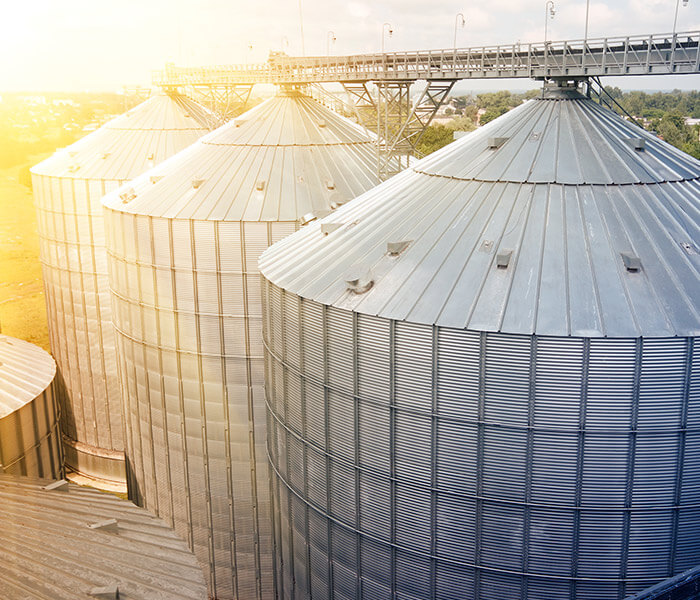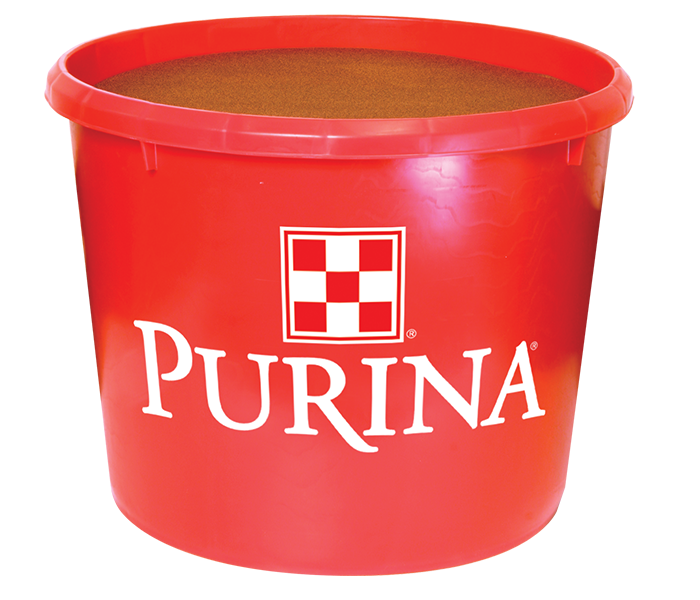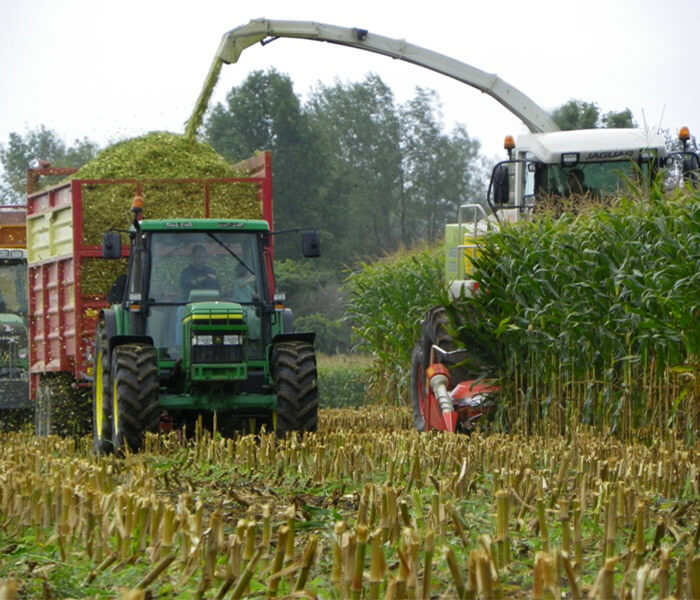Preparing for Fall
It’s hard to believe how fast the summer has flown by. While I’m ready for more fall like temperatures and the beginning of corn silage harvest, followed closely with soybeans and corn, I am not looking forward to less sunlight hours and cold weather. I am however, looking forward to high school, Badger, and Packer football games.
Speaking of fall and harvest, have you thought about your farm’s fertilizer needs? Whether it’s putting on that final top-dress application on alfalfa and new seeding or preparing your fields for next year’s corn and soybean crop, fall is a great time for applying nutrients. Here are some things to consider and talk over with your Premier Co-op agronomist.
Grid Soil Sampling: Pulling samples for analyzation by a soil lab will help you determine what the nutrient levels are in your soils. Those results can help you identify any areas in your fields that are lacking or maybe are excessive in crop nutrients. They can also be used to benchmark and evaluate whether the amount of certain nutrients you have been applying are keeping pace with crop removal. We have the tools and technology to create fertility recs and variable rate apply nutrients to meet your crop needs and production goals.
Alfalfa/New Seeding: P and K positively influence yield and stand persistence. Rates of application depend on crop tonnage removal. Have you met your crop’s needs for the year? Applying now will keep your plants healthy and provide a great start for next spring’s cuttings. Consider applying Aspire as part of your fall applications. Aspire delivers potassium and also boron which are both essential for yield and plant health. In addition to excellent distribution of boron and potassium across your fields, Aspire utilizes two forms of boron, one for quick release and the other a gradual release form that provides longer lasting availability.
Corn and Soybeans: Even though we haven’t received as much rainfall in some areas as we have been accustomed to, the corn and bean crop has held up fairly well. Replacing the phosphorous and potassium the crop has removed throughout the year is an important first step in getting your crop off on the right foot for next growing season. Your Premier agronomist can help you in determining what your crop has removed during the growing season and tailor a fall fertilizer program to meet your crop needs and yield goals for the next growing season.
There are numerous other benefits for applying fall fertilizer including; time savings in the spring which allows more focus on planting the crop, less compaction, and typically lower cost of inputs.
Contact any of our agronomists to help you determine your fall fertilizer needs and to schedule your fields for soil sampling and custom application. Have a safe and bountiful harvest!
Rod Redman
Agronomy & Grain Operations Manager
